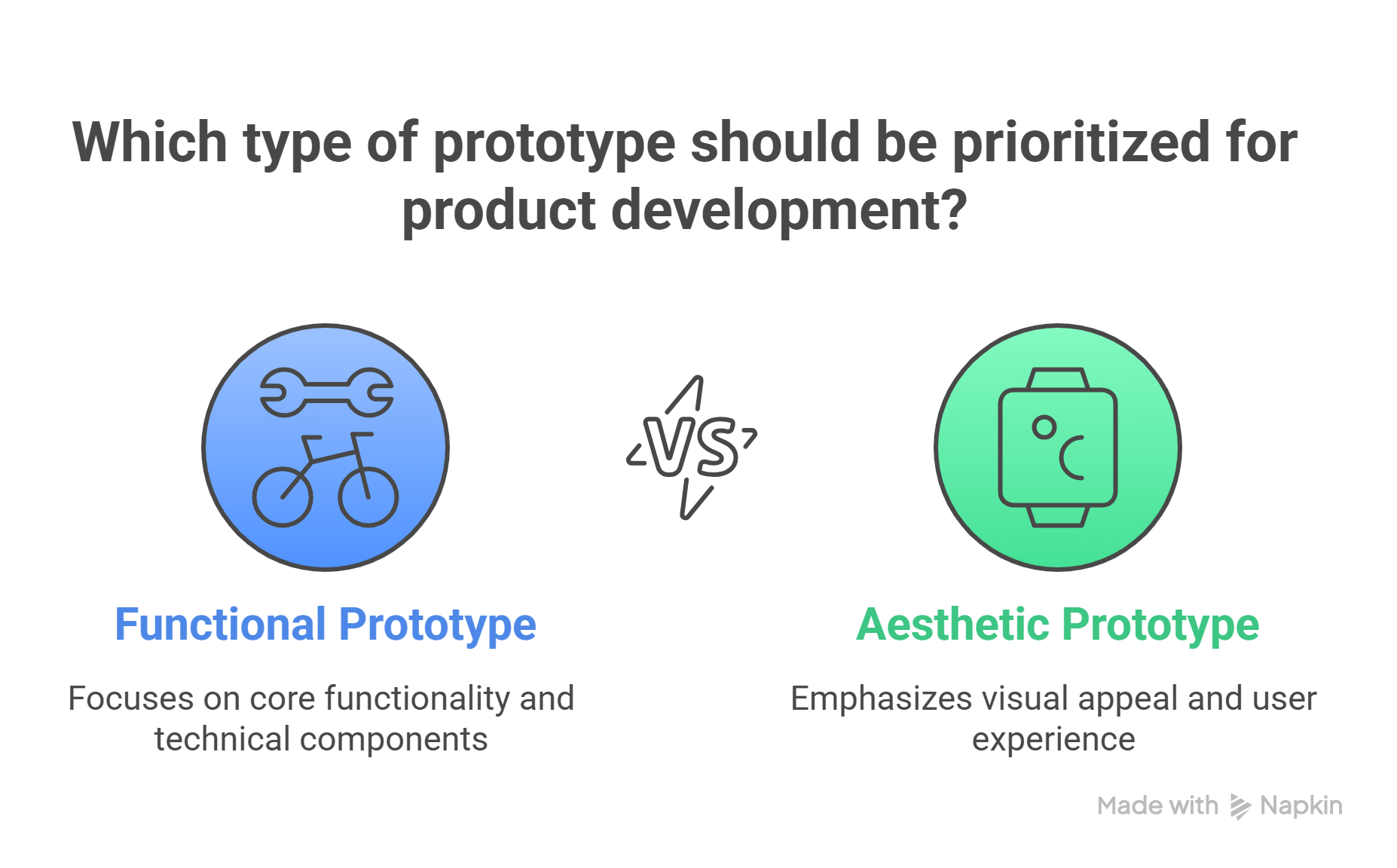Why Prototyping?
The Power of Prototyping
Prototyping is a critical stage in design thinking, often described as being "worth a thousand meetings" because it provides a tangible way to communicate and test an idea. A prototyping mentality means being comfortable with imperfection and using a preliminary model to gain clarity and gather feedback early in the process.
Why Prototyping is Essential
Prototyping offers several key benefits:
- Clarifies Ideas: Creating a physical or digital model of an idea reveals its strengths and weaknesses that might not be apparent in a presentation or planning document. For example, the IDEO shopping cart experiment showed that actually building a prototype revealed issues with weight and bulkiness that were missed during the planning phase. This hands-on approach provides clarity not only to the creators but to all stakeholders involved.
- Boosts Stakeholder Confidence: Prototypes offer a visible outcome for investors and stakeholders, especially in a startup environment where a final product may be years away. Instead of just talking about a future product, a prototype (such as a simple wireframe for an app) demonstrates progress and provides confidence that the investment is yielding tangible results.
- Identifies Issues Early: By implementing a prototype on a small scale, you can discover potential issues and gather feedback before a full-scale, "Big Bang" launch. This saves significant time, money, and reputation. Soliciting feedback on a prototype requires courage but is essential for an iterative learning process.
- Facilitates Soft Selling: A prototype serves as a powerful sales tool, allowing you to "soft sell" an idea or project by making it tangible for potential customers or investors. An architect, for example, uses a physical model to help clients visualize a building before it's constructed, which is far more effective than a verbal description.
Types of Prototypes
There are two main types of prototypes that help in the development of a final product:
- Functional Prototype: This type of prototype focuses on how the product works. It may not look like the final product but demonstrates its core functionality and technical components. For instance, a functional prototype of a watch might test the mechanism and water resistance without focusing on the aesthetic design.
- Aesthetic Prototype: This prototype is concerned with how the product looks. It resembles the final product in appearance and design but may not have any working parts. These are used to test user experience and visual appeal before committing to a costly manufacturing process.
An example of using both is the Titan Edge watch, which had both functional prototypes (to test the inner mechanism) and aesthetic prototypes (to test the design with employees) before it was launched. The prototyping mindset is a provisional attachment to an idea, meaning you must be willing to "kill your darlings"—let go of pet ideas if they don't perform well—to make way for better ones.


No Comments